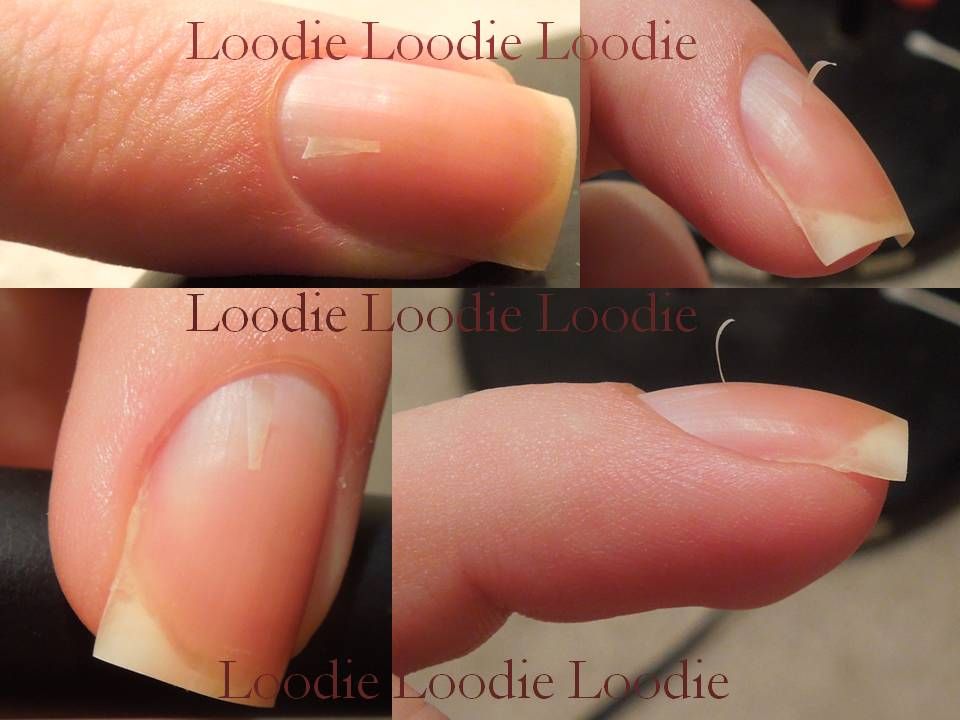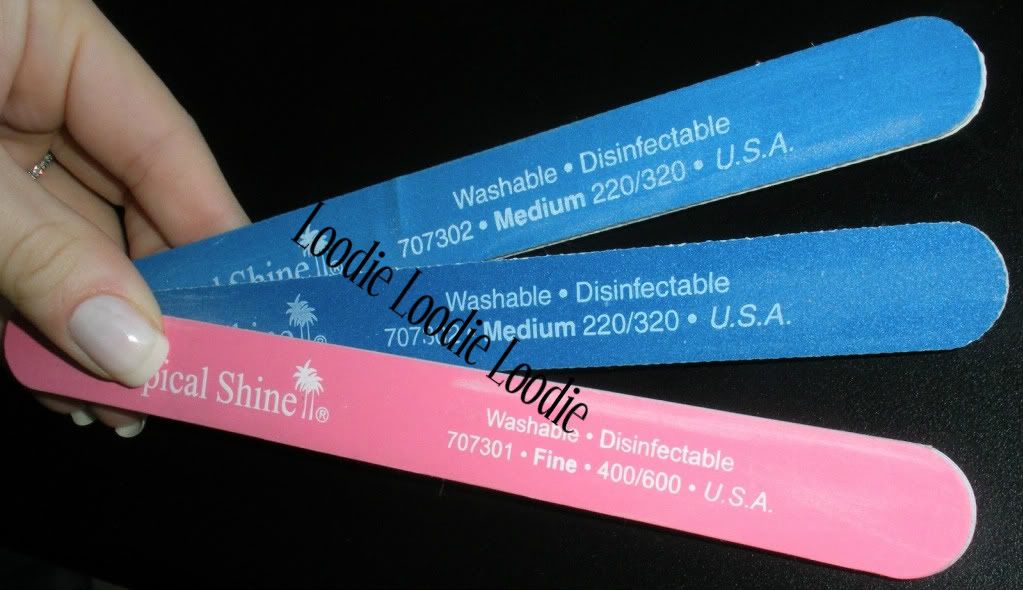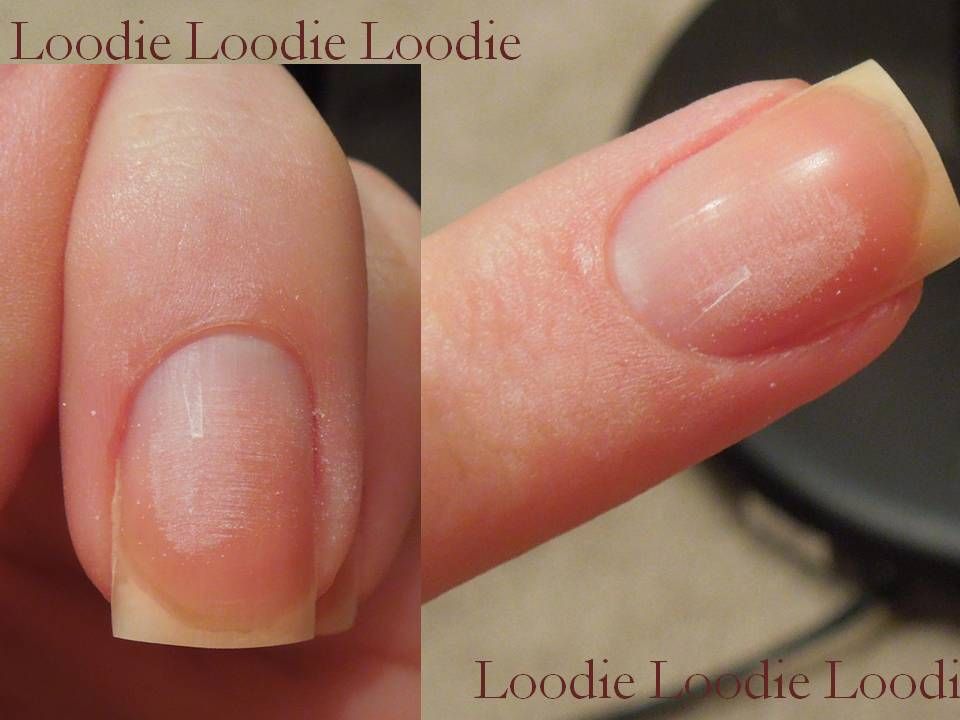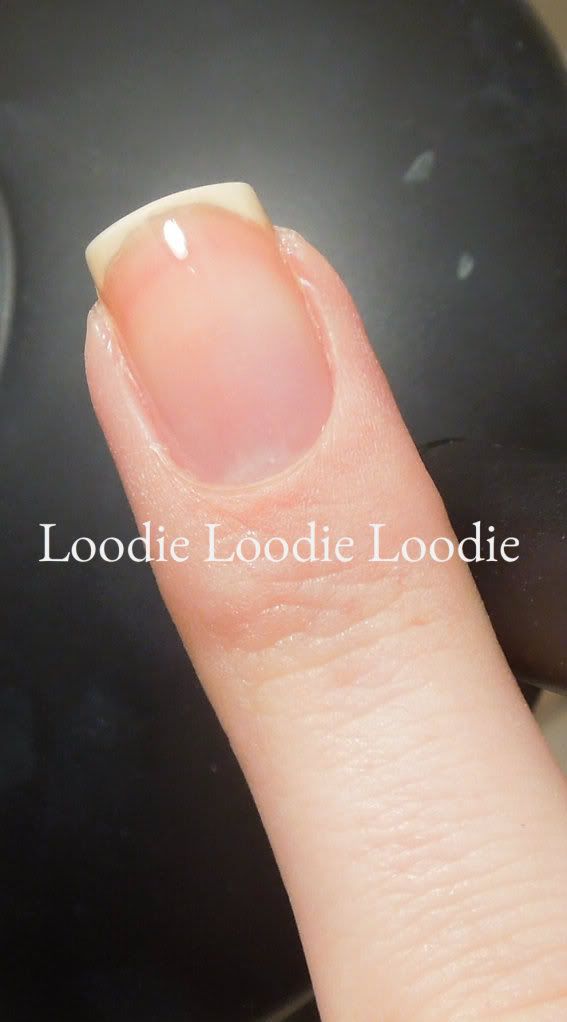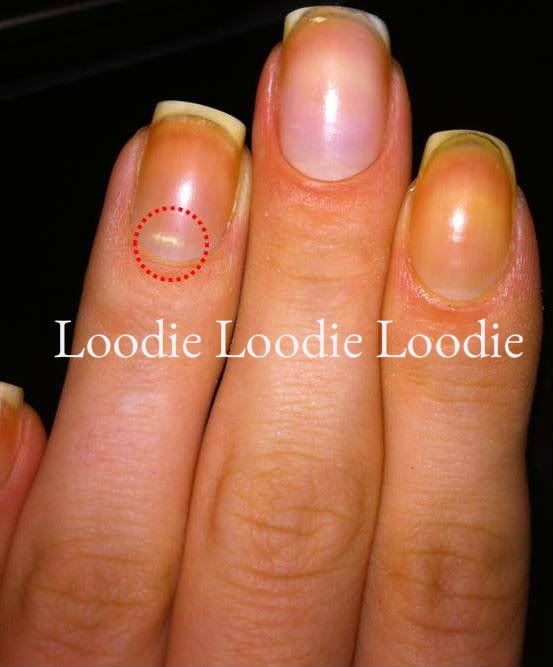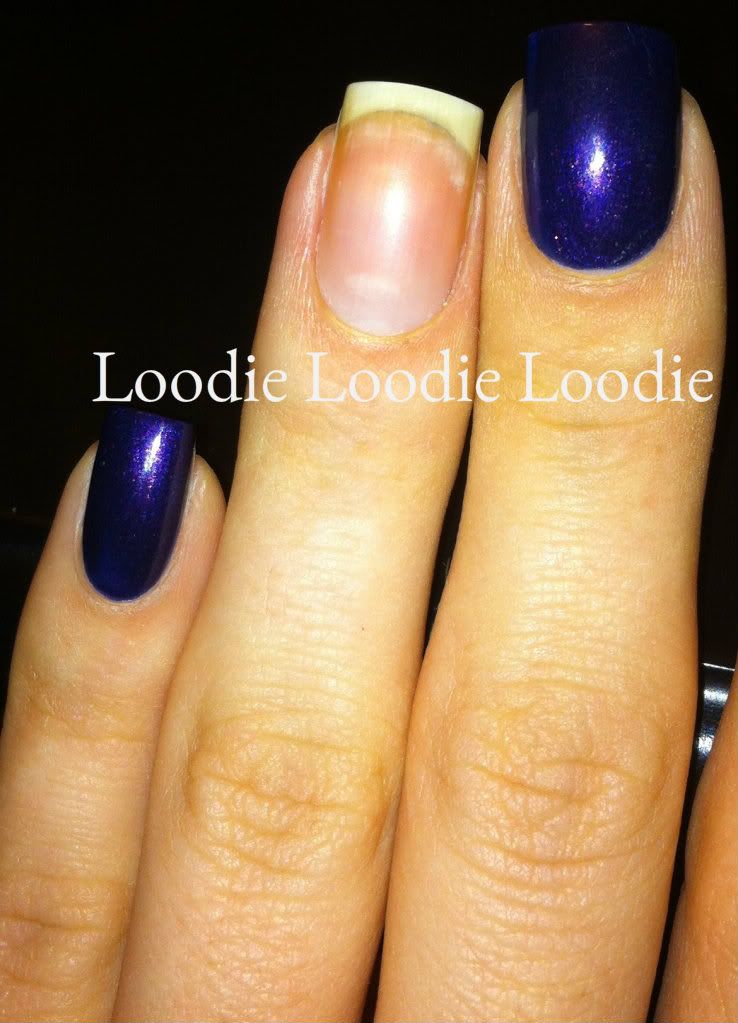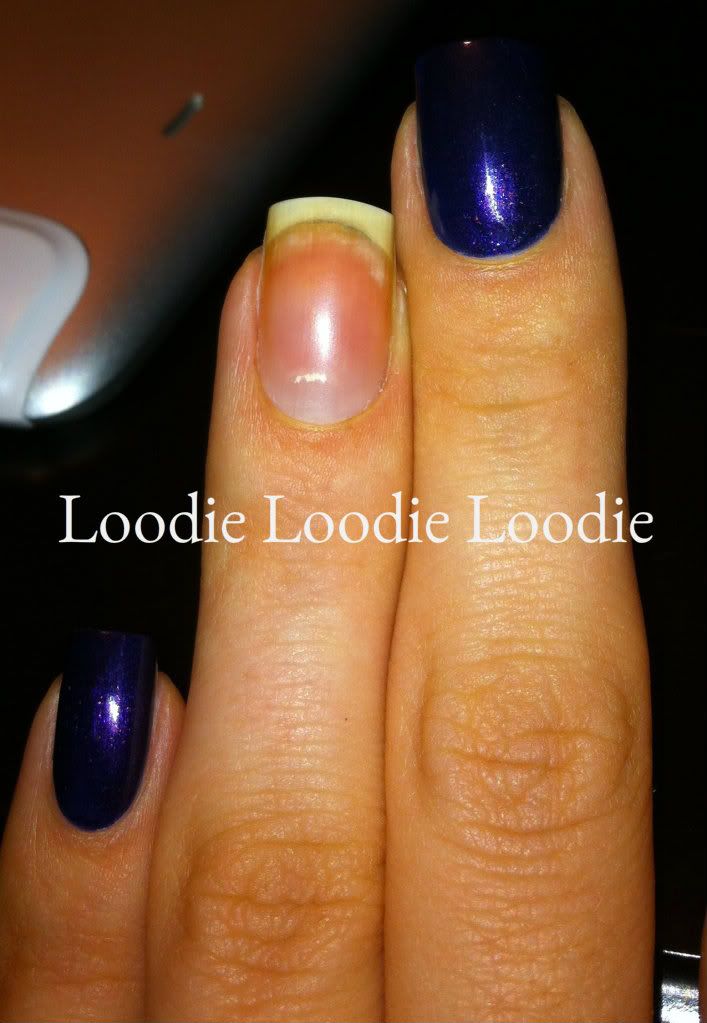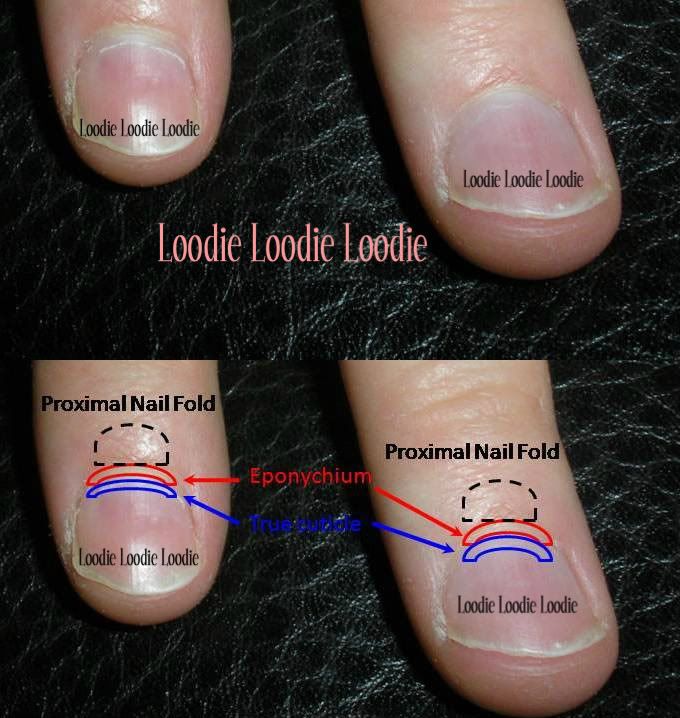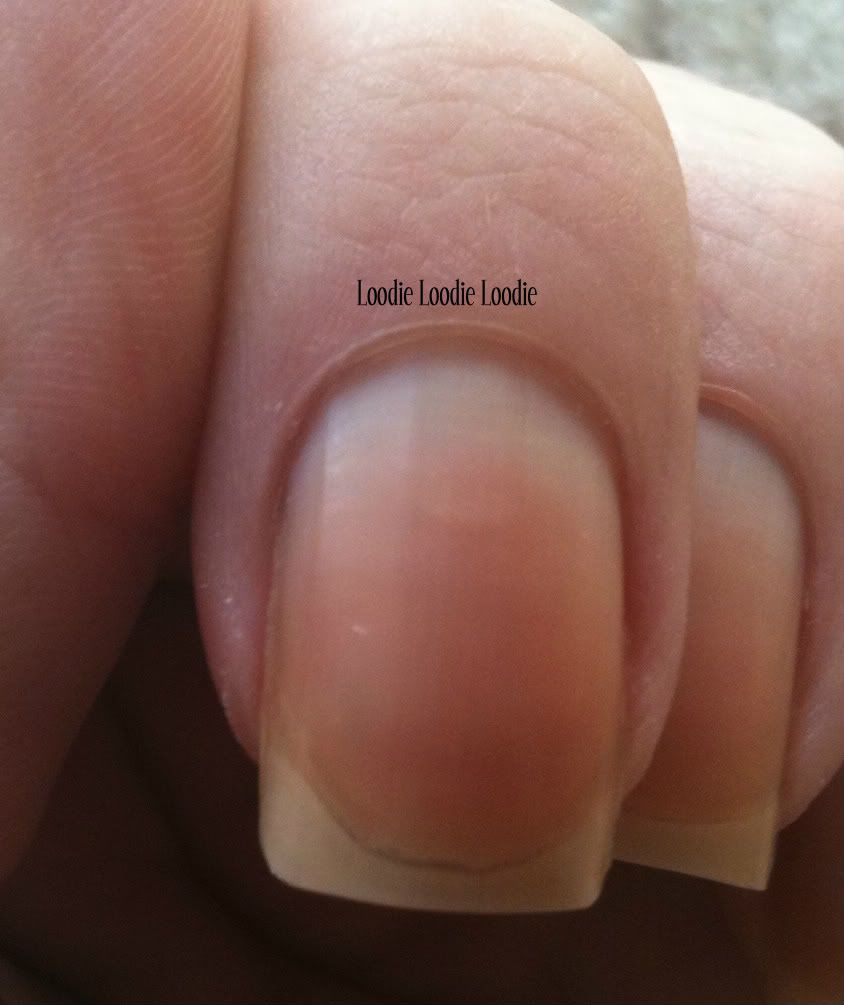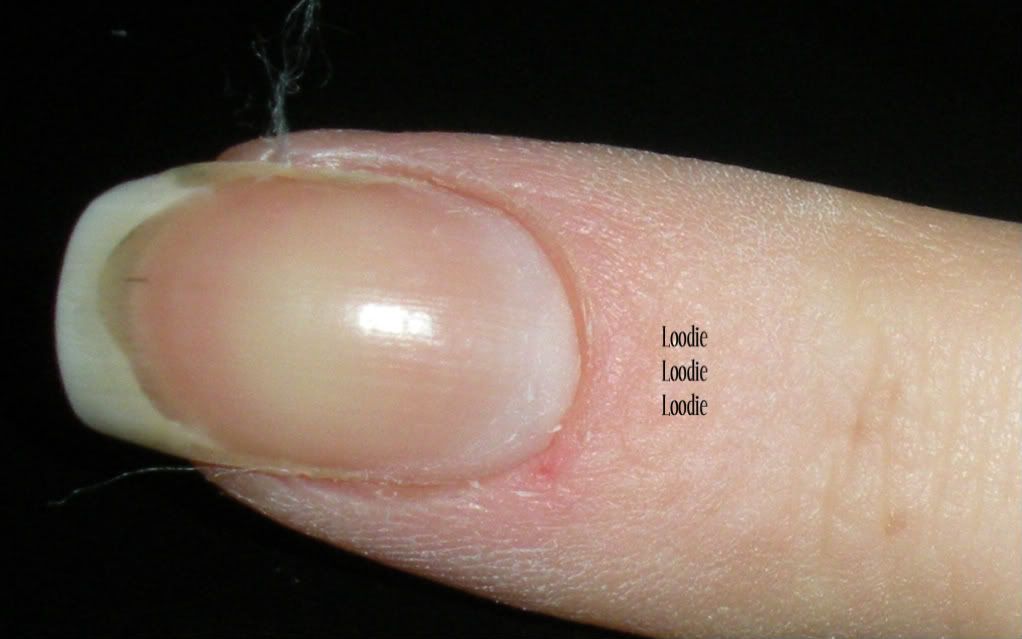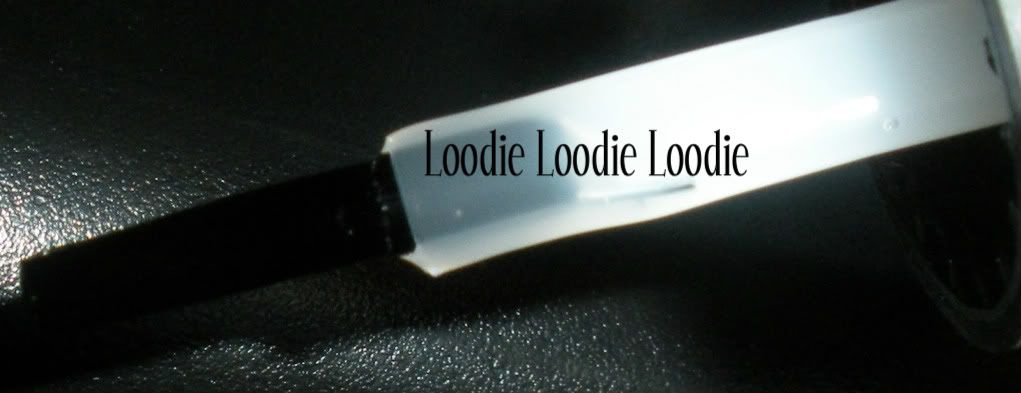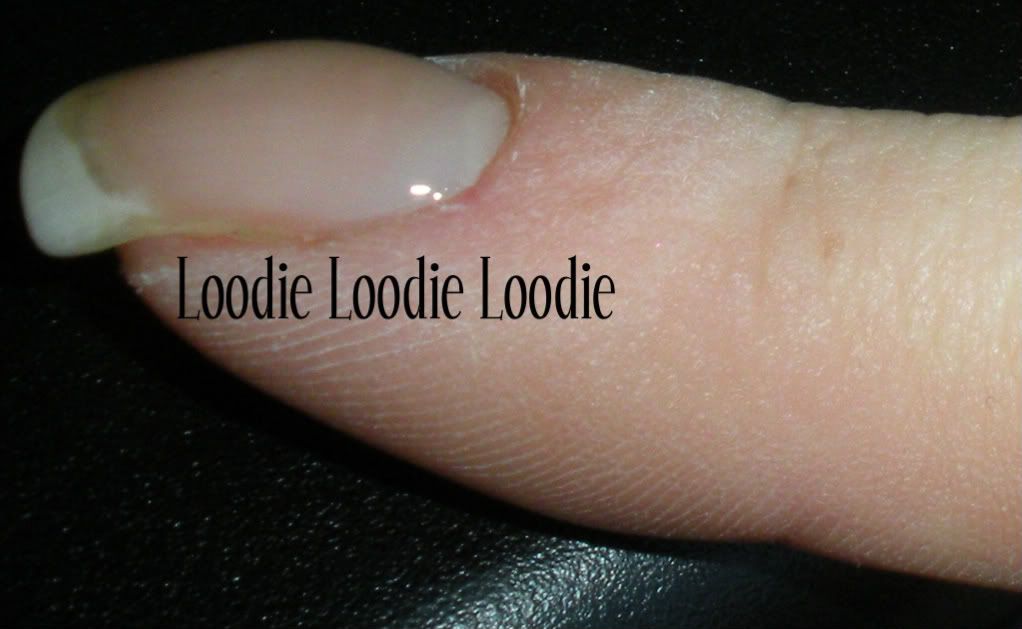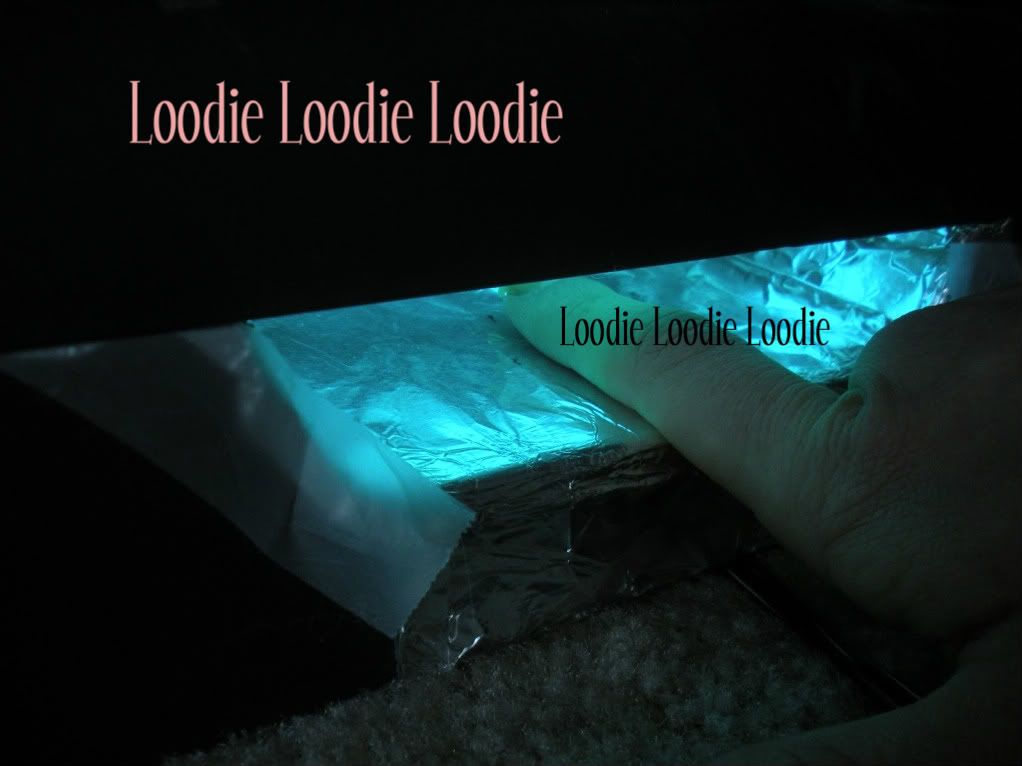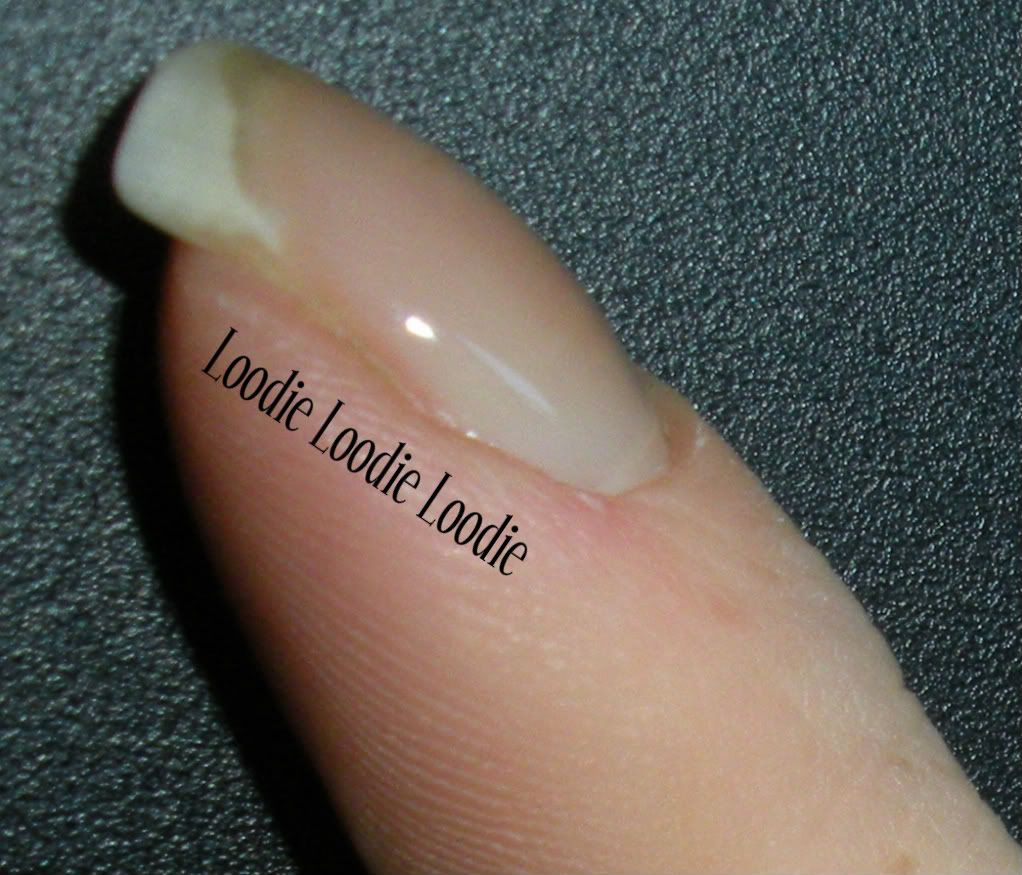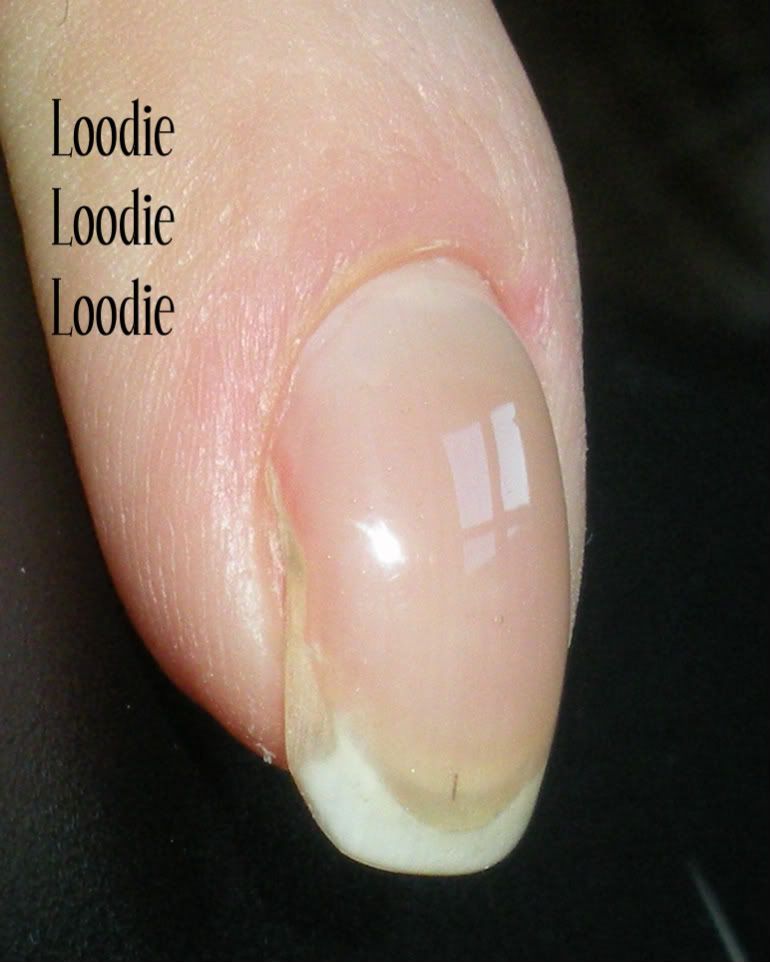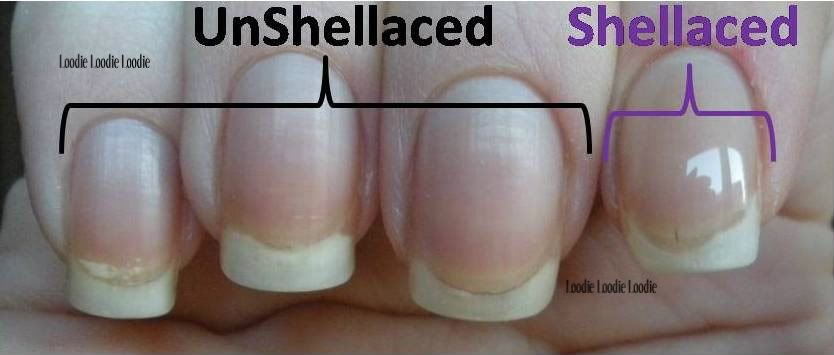My usual method:
There are two parts to the cuticle area, the live skin (eponychium) and the dead skin (true cuticle). I have discussed them in great detail in this post and many others. I push back my live cuticle everyday; I have a problem, I know this. The reason is well documented in this post. In short, I apply moisture and massage and push them back. It's glorious and gives me longer nail beds. Now, the dead skin is a bit more difficult to remove. Here, I resort to chemicals; they are my friends and there is no reason why they should not be yours. They rarely disappoint. Take it from a chemist ;) ... I'm slightly biased, clearly. I showed how I remove my true cuticle in this video and post. To summarize, I like to be really gentle and use a q-tip to apply the product and remove the true cuticle. I think a wooden stick is also safe, but personally don't use if very often.
My regrettable method:
The following got me into some trouble...
The perpetrators:
Ignore the innocent bystander (wooden stick). He's an okay chap, but if you use him, be careful nonetheless.
It's true some metal scrapers are sharper than others. I thought I was safe. These felt pretty smooth to me.
I still used Blue Cross cuticle remover, but decided to use the metal scrapers instead of my usual q-tip. Here was the result...
WOOPS!
Ugh. PANIC! NAIL DAMAGE!
IDIOT.
Of course this needs fixing PRONTO!
DON'T PULL IT!! It may pull off more nail deeper down.
Instead...
Grab a semi rough nail file or buffing block, somewhere in the 220/320 or 400/600 range. I like the files from Tropical Shine for these types of jobs.
The first order of business was to remove that large flap. My nails are fairly healthy. I used the blue 220/320 file from Tropical Shine.
Next, I evened out the rest of the nail plate with a buffing block.
I am still in love with this sponge board. I used the 240 grit strength.
TA DA! Beautiful!
right?
NO. The following week I saw what those metal implements did to me...
OMG! Yes, my nails are yellow from Sinful - San Francisco. Don't judge me. Instead see the full story here.
The red circle shows the trauma the implements inflicted.
With time the damage will grow out.
As the damage grows out, the white spot appears and disappears depending on how moisturized my nail plate happens to be.
Here my nail was moist, the spot appeared to dissipate.
**Side note**
Isn't MOIST the best yet worst word ever?!
Here my nail was more dry, the spot appears more solid.
Moral of the story? I prefer to leave long hard metal objects for self defense purposes OR scraping barnacles of a hull, not cuticle removal.
How do you remove your cuticles?

